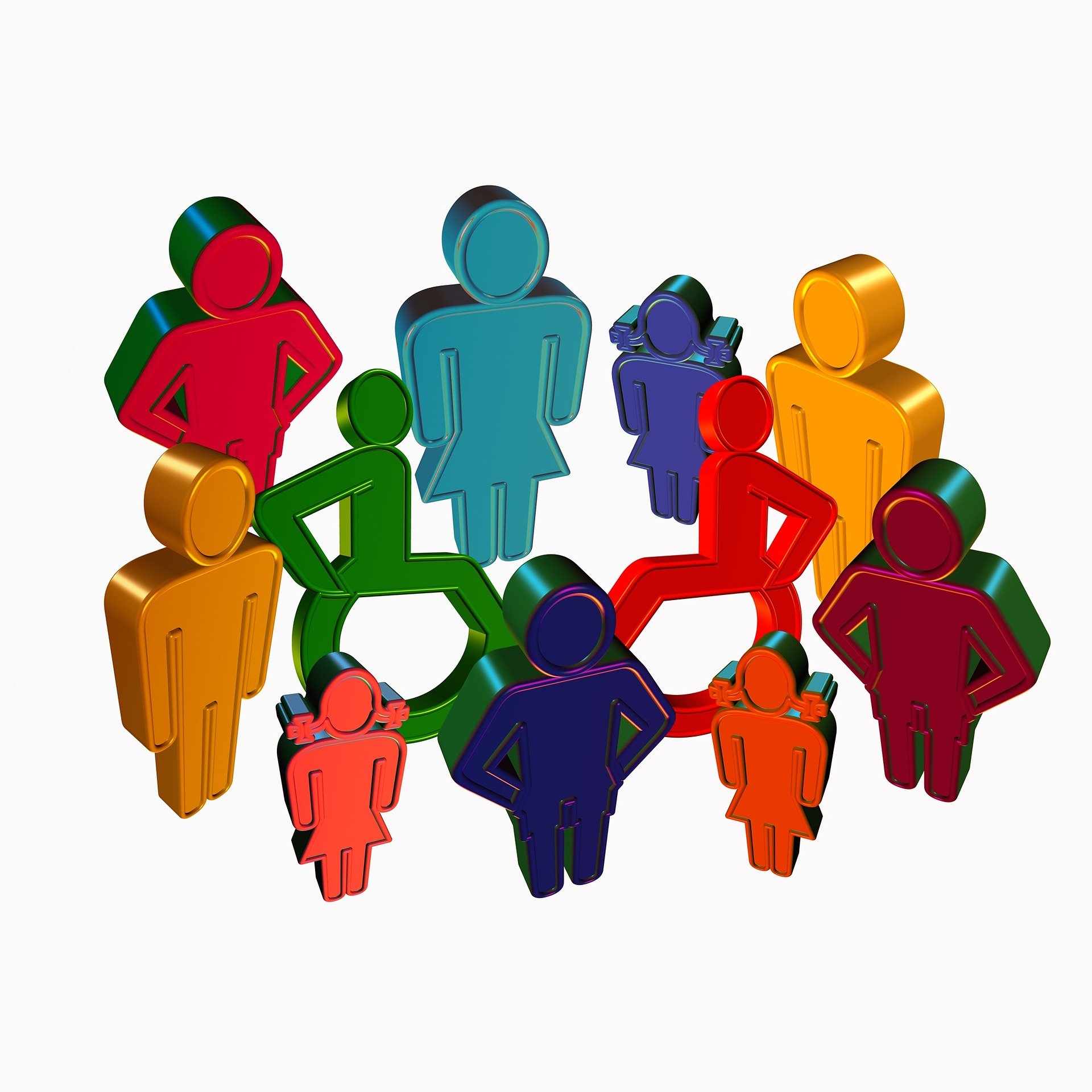It is no measure of health to be well adjusted to a profoundly sick society.
– Attribution: Jiddu Krishnamurti
The Professional Engagement, Growth, and Advancement Special Interest Section (PEGA-SIS) of the American Association of Law Libraries (AALL) recently hosted a discussion on non-obvious disabilities in the workplace. One of the key takeaways from the discussion was the idea that “disability” is a social construct. Searching for a fuller explanation of this idea led to today’s blog post.
Americans With Disabilities Act
The Americans With Disabilities Act (42 USC 12102) defines a disability as “a physical or mental impairment that substantially limits one or more major life activities, a person who has a history or record of such an impairment, or a person who is perceived by others as having such an impairment.”
This definition, used to establish an agreed-upon legal understanding of disability, is broad and inclusive. All those involved in or impacted by the design of accessible spaces (including cyberspace) can use the ADA definition as a legal yardstick. This is, however, not the only definition of disability.
Decades before the ADA became law, disability rights advocates were speaking up and demanding changes in the law and society. Although advocacy groups in the United States began forming in the late 1800s, it was in the 20th century that a groundswell of activism developed in earnest, benefitting children, war victims, psychiatric patients, university students, and others. The disability rights movement continued to grow during the social reform movement of the 1960s, leading ultimately to the passage of legislation in support of people with disabilities.
Union of Physically Impaired Against Segregation (UPIAS)
As in the U.S., the United Kingdom saw the growth of its own disability rights movement. The Union of Physically Impaired Against Segregation (UPIAS) was formed in the early 1970s in Cheshire, England, by a man named Paul Hunt, whose Statement of Aims (adopted in 1974) called for the following:
The Union aims to have all segregated facilities for physically impaired people replaced by arrangements for us to participate fully in society. These arrangements must include the necessary financial, medical, technical, educational and other help required from the State to enable us to gain the maximum possible independence in daily living activities, to achieve mobility, to undertake productive work, and to live where and how we choose with full control over our lives.
UPIAS spoke of people with disabilities as “segregated,” emphasizing the social exclusion that society imposed. They rejected the Medical Model of Disability, a popular framework for thinking about people with impairments (then and now), and instead embraced the Social Model of Disability. Rather than calling for the medical treatment or correction of impairments, the Social Model promoted the reconstruction of society, culture, and the built environment — nothing less that a full structural remediation of society at large.
Finally, this brings us back to what the presenters at the AALL PEGA-SIS meeting had asserted — disability is a social creation. When impaired people must contend with discrimination, cultural bias, and institutional practices that prevent full participation in the world, disability is the outcome. By acknowledging this definition and dismantling society’s barriers, disability (in the structural sense) may be recognized as the pervasive problem that it is. Then, meaningful change can occur.



